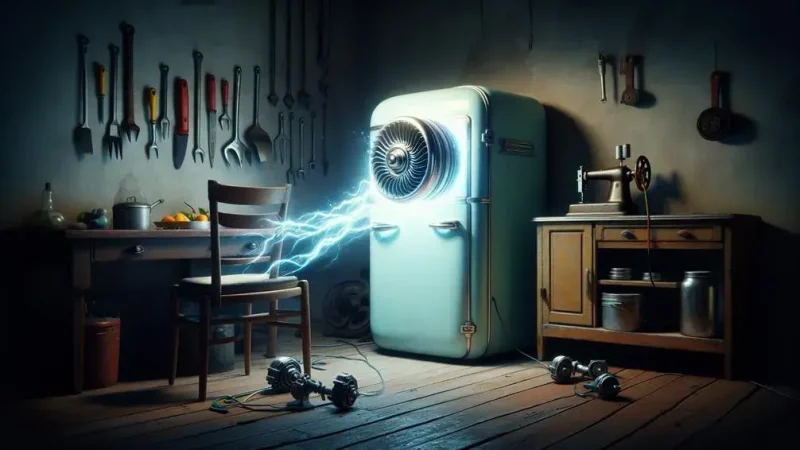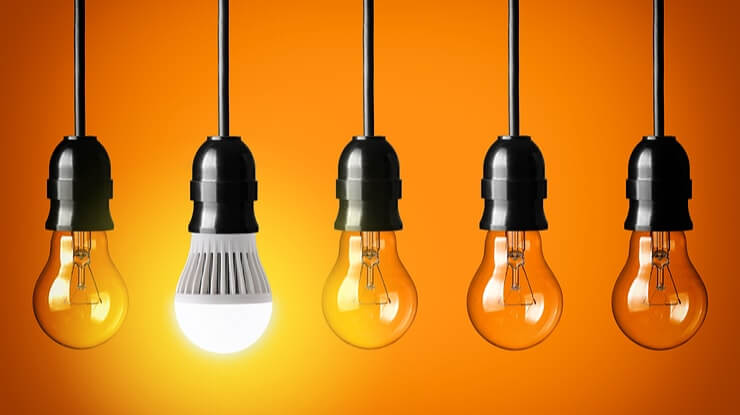At first glance, Utah seems to have electricity costs all figured out. According to Electric Choice, it has one of the lowest prices per kilowatt-hour even in the middle of the COVID-19 pandemic. In fact, from April 2020 to April 2021, the cost dropped by around 7 percent.
In Utah, residents pay around 11.48 cents per kilowatt-hour, which is significantly lower than the national average, which is already 13.19 cents per kilowatt-hour.
This isn’t the first time that the Beehive State offered lower electrical rates for its residents. Since 2011, it has been consistently among the top states with the most affordable power.
However, if you look deeper, you may realize that it is actually getting more expensive over time. About 10 years ago, the average residential electricity rate was around 8.51 cents per kilowatt-hour.
Many factors may have affected the increase. One, there’s the increasing electricity demand. The state has one of the fastest-growing populations in the country. Second is the age of the infrastructure. Companies may need to raise funds to improve it.
Either way, electricity may not be as cheap as before, and any way to bring it down is beneficial to homeowners scrimping on money. Fortunately, there are many ways to do that when they’re in Utah:
- Pay Attention to the Air-conditioning Unit
One of the infamous electricity guzzlers is the air-conditioning unit, especially during the summer months. Not only are they likely to run for longer hours, but the demand is high. Based on the basic law of supply and demand, the more people want the same product, the pricier it gets.
But no one can really put a price tag on comfort, so getting rid of the air conditioner is often out of the question. Instead, you can consider other ideas to maximize the appliance and your use:
- Maintain the air conditioner. Have your unit checked by an air-conditioning company. Any problem in any of its parts, from the refrigerant to the compressor, may increase your utility bills since it might be forced to work harder.
- Update your air conditioner to one with an Energy Star label. These units may be more expensive, but they are also more energy-efficient in the long run. You may be able to save between 20 and 40 percent compared to an old model.
- Choose the right size for your space. Contrary to popular belief, using a bigger-sized air conditioner than your space requires doesn’t make the area feel cooler. In fact, the room may feel clammy. The Department of Energy recommends 20 Btu for every square foot.
- Find an AC you can connect to your smartphone or thermostat. Thermostats and some mobile apps can already let you control your unit even when you’re not nearby.
- Maximize Energy Assistance Programs and Grants
Utah offers a variety of programs that provide energy assistance, especially to low-income families. One of these is the HEAT program, a federally funded plan that helps Utahns cope with the rising energy costs, particularly during the winter months.
To be eligible, the household should be at or below 150 percent of the federal poverty level. This means that a home with only one member earns a monthly gross income of around $1,610. A family of eight may be earning $5,583 to qualify.
Further, the individual applying for the program is considered vulnerable to shut-off notices. They are the ones paying either directly to the provider or indirectly, such as through their landlords.
Meanwhile, for those using Provo City Power, they can tap into its HELP program. It is donation-based assistance wherein customers use the money to pay off a part of their balance to avoid losing electricity. Although this doesn’t cover the full amount and that customers cannot apply repeatedly, it is still beneficial during emergencies.
- Consider Solar Power
In Utah, a growing number of rural lands have already been converted into solar farms that can generate an enormous amount of energy. As a matter of fact, if about 7.5 percent of the state is transformed into solar farms, it could generate about 1.5 million gigawatts per hour annually.
Moreover, shifting to solar energy can result in significant long-term savings. It is estimated that a household could reduce their energy costs by around $400 per year for every kilowatt of solar.
Lastly, the state offers various incentives to make installing solar power more attractive. One of these is the federal solar tax credit, also known as the investment tax credit. Homeowners can claim up to 26 percent tax credit on solar systems from 2021 and 2022. By 2023, the percentage will go down to 22 percent.
Locally, Utahns who buy and install solar power can claim 25 percent tax credit or up to $1,600, whichever is lesser.
As the demand increases, fossil fuel supply dwindles, crude oil goes up, and infrastructures wear down, electricity costs in Utah may only continue to go up. Knowing how to generate energy savings now can save homeowners financial headaches later.
Check your TXU plans right now to see which ones offer renewable solar energy options that will benefit your home and help you save money in the long run.
Meta title: Energy-saving Tips for Those in Utah
meta desc: While Utah still has one of the lowest electricity rates, it has also been increasing over the years. Now is the right time to learn ways to decrease your spending. Here are three money-saving energy tips for Utahns.









